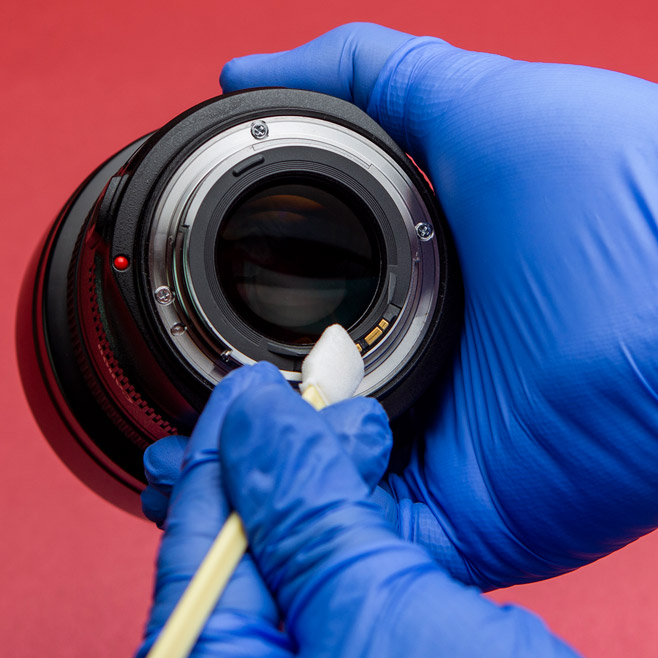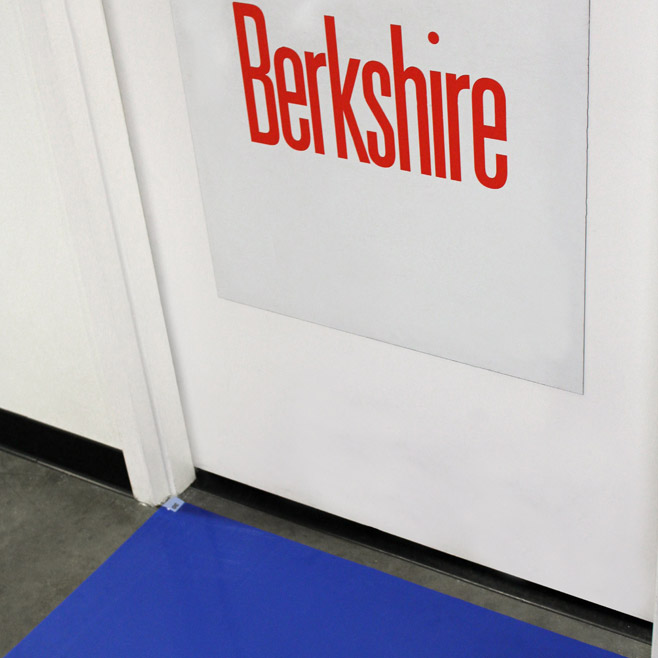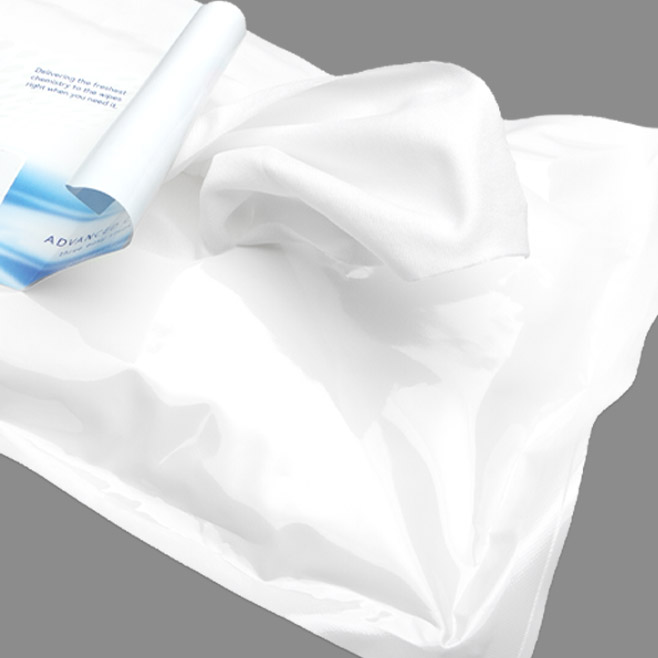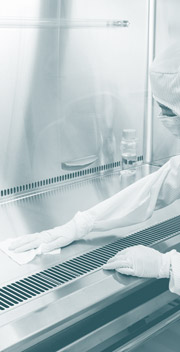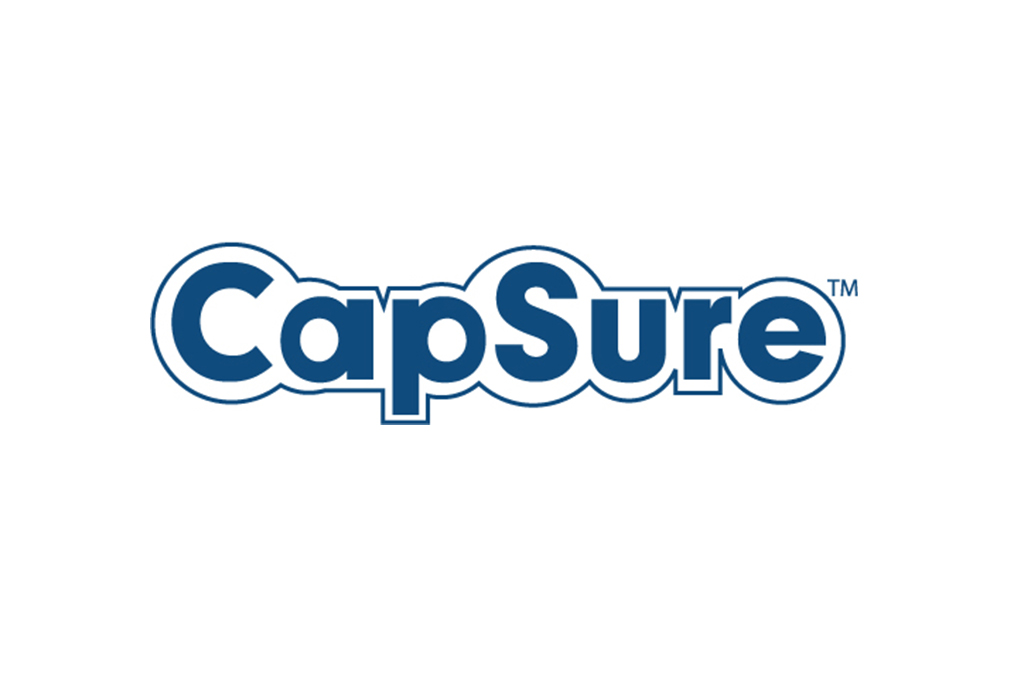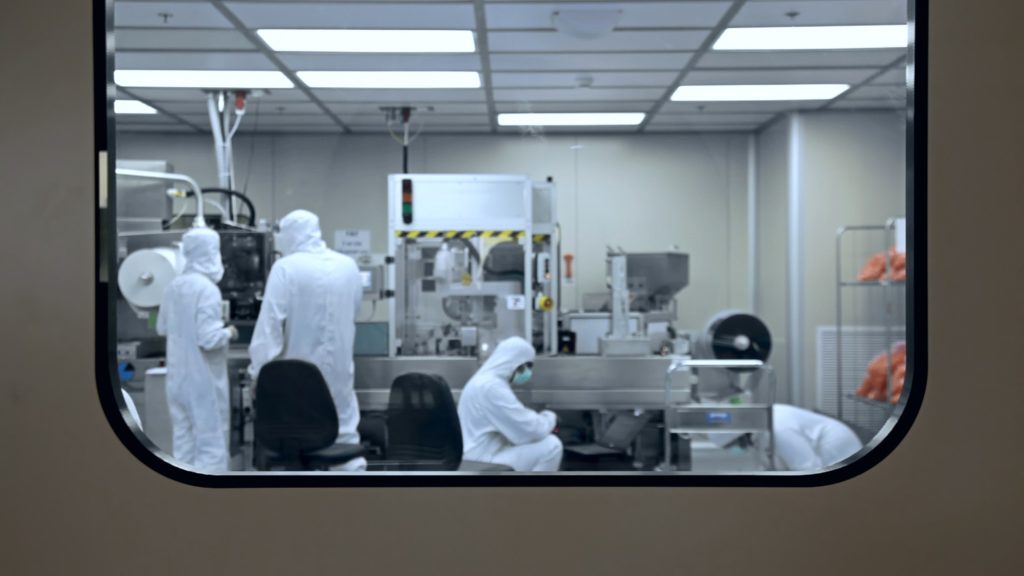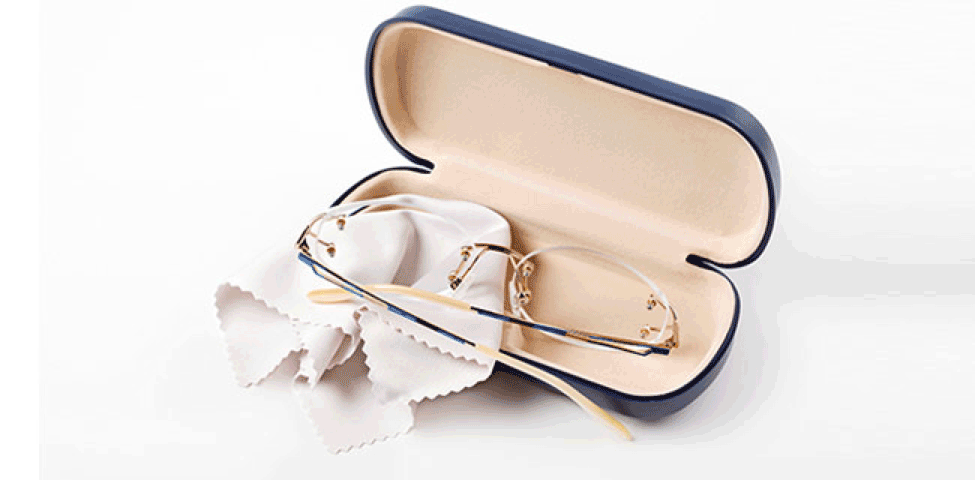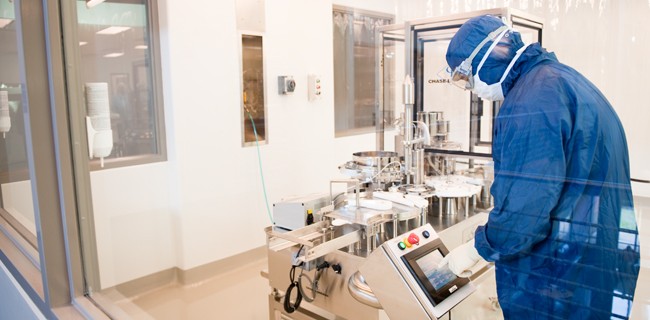Q: Do CapSure® wipers leave a residue on surfaces? A: CapSure® treated wipers are not tacky, sticky or stiff and will not leave a residue on surfaces being cleaned. The patented (#8,431,497) surface treatment enables the wiper to capture and retain more particulate contamination than untreated wipers. The color, surface texture and hand of the laundered knit [Read More…]
Tag Archives: Wiping
Q: Cleanroom Wipers: Where are irradiation dots located and what do they mean? A: Irradiation indicators (dots) are not an indication of sterility. They indicate that product has been exposed to irradiation. The color changes from yellow to red due to a shift in pH. Indicators are typically placed on the outer packaging (on the case) for [Read More…]
A three-year shelf life has been identified for both Berkshire’s dry and presaturated sterile wipers. The expiration date is located on each pack and case label and also on the Certificate of Sterility. A Certificate of Sterility is placed in a separate shipping label pouch which is attached to the outside of every carton of [Read More…]
Is the validation process the same for sterile presaturated vs. sterile dry wipers? Yes, the validation process is the same for presaturated vs. dry as they both follow ANSI/AAMI/ISO 11137, Sterilization of Health Care Products. The product is saturated, packaging is sealed and then the cases are sent to be irradiated. The cases are irradiated wet. [Read More…]
Can I Relaunder Cleanroom Wipes, and Use Them Again? Virtually all cleanrooms use wipers once then discard them. In an effort to save money, some cleanroom personnel have considered relaundering wipers. It is instructive to learn why relaundering wipers may not be a viable approach. Three factors are paramount: Levels of contamination on the wipers [Read More…]
Gamma Irradiated refers to a product that has been irradiated at some predetermined dose which is felt to kill the bioburden. Sterility testing is usually not performed nor quarterly audits for continued validation. The Sterility Assurance Level (SAL) cannot be predicted. A higher dose of radiation may be delivered to the product than may not [Read More…]
If you’ve purchased a new pair of prescription glasses in the last twenty years, chances are you were given a cleaning “cloth” to keep them in pristine condition. Actually, “cloth” is not best description since the material doesn’t contain any cotton – the word that most often comes to mind when we say “cloth”. Better [Read More…]
The most common liquid used for cleaning surfaces in the cleanroom is IPA, primarily because of its purity and consistency. Cleanroom operators sometimes ask if denatured alcohol can replace IPA in the cleanroom. The simple answer is No. Here’s why. Denatured alcohol is used for non-critical applications such as fuel for stoves, shellac thinner, and [Read More…]
Before we address wiping techniques, we might well question the need for wiping. After all, if capillary forces hold particles to surfaces strongly enough that the particles can’t easily get airborne, why the great concern to remove the particles by wiping? The simple answer is embodied in two words: Contact Transfer. That’s the means by which [Read More…]
In Particles on Surfaces – Part 2, we learned that thin liquid layers between particles and surfaces serve as the binding forces between the two. By lowering the surface tension of this liquid layer – typically water – we can decrease the binding force and assist in the removal of particles. Isopropyl alcohol (IPA) – as [Read More…]






